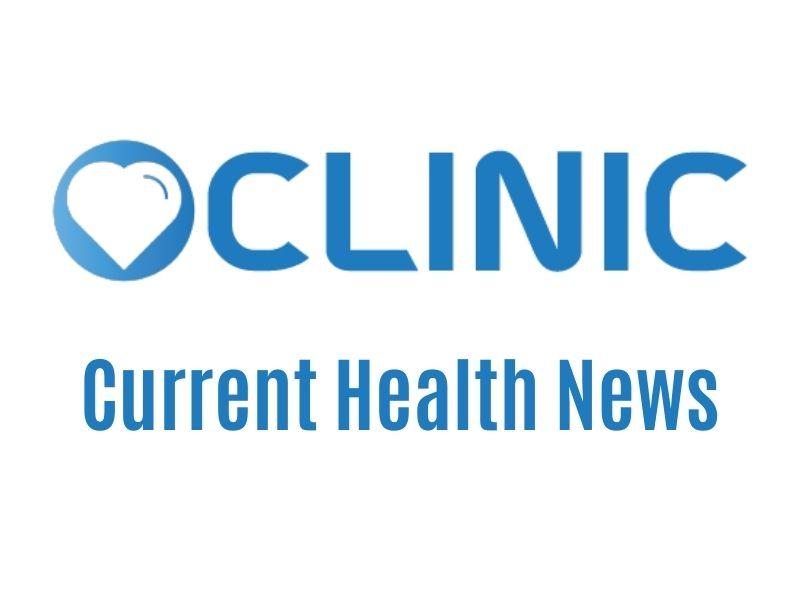The disc-shaped region that plays a role in the growth of long bones and consists of cartilage near the epiphysis is called the epiphyseal plate. This region plays an active role in height growth and contains cells that provide bone elongation intensively. Height growth usually stops at the age of 18 with the closure of the epiphyseal plate. However, if the epiphyseal plate, which provides growth in the bones, is not closed, taller growth can continue until the age of 25. On the contrary, a person whose epiphyseal plate is closed at the age of 14 stops growing in height and cannot grow in height again.
Structural factors are one of the important causes of short stature. Inheritance is inherited from the mother and father, which affects the structural factors. In the assessment of a person’s height, the expected ideal height target is taken into account. If you have reached the height of the tallest of your parents, you have reached your expected height target.
Another important factor affecting height development is whether there is hormonal adequacy. Growth hormone, thyroid hormones and sex hormones play an active role in height development. In cases of deficiency or excess of these hormones, a series of irregularities in stature, ranging from shortness to abnormal growth, occur. In the absence of growth hormone and thyroid hormones, the stature may remain short. In cases where sex hormones come into play early, the epiphyseal cartilage closes before the expected age, causing stature to stop.
Today, it is accepted that one of the most important factors playing a role in height development is nutrition. Scientific circles emphasize that a balanced and adequate nutrition regimen is the most appropriate approach for growth and development.
In addition, chronic diseases, psychological disorders and sedentary lifestyle have negative effects on height growth.
It would not be the right approach to stay to find solutions to short stature cases without taking into account the factors that affect height growth. It is very inconvenient to recommend some food supplements to adolescents in the developmental age as if it is a general acceptance, especially with the claim that they increase the growth hormone. Because there are conflicting opinions about the effects of drug-like substances recommended for food supplements on growth and development. One of these food supplements is L arginine, an amino acid that is claimed to increase the release of growth hormone. Considering the fact that a single amino acid will not be sufficient to increase the synthesis of growth hormone, we can say that someone who follows the rules of a balanced diet containing sufficient protein in the developmental age does not need to use amino acid supplements. In addition, it is another matter to be considered whether such drugs, which are offered for use as food supplements, have a certificate of conformity issued by the pharmaceutical office. If the product you are using for food supplement has the approval of the ministry of agriculture instead of the approval of the drug administration, it is possible that it will have harmful effects for you. Even if it is medicine, every product used has harmful effects on organs such as kidney and liver. In addition, the amino acid in question not only stimulates growth hormone, but may also cause other hormonal imbalances.
The most appropriate approach for stimulating growth hormone and thus ensuring a healthy height development; It is an adequate sleep pattern that includes a balanced diet and 22.00-24.00 in the evening when the hormone is released the most.
Finally, unless a problem occurs in hormonal secretion mechanisms, there is no need for intervention.

